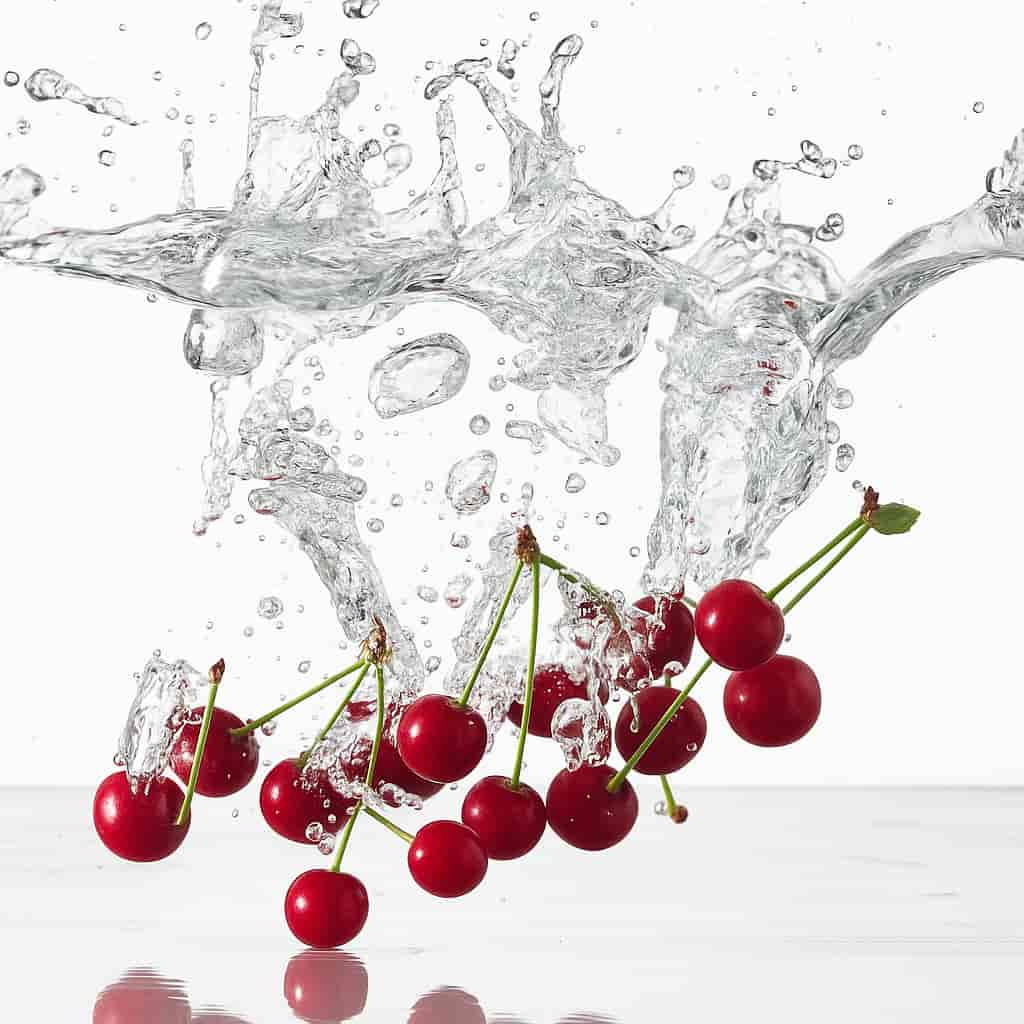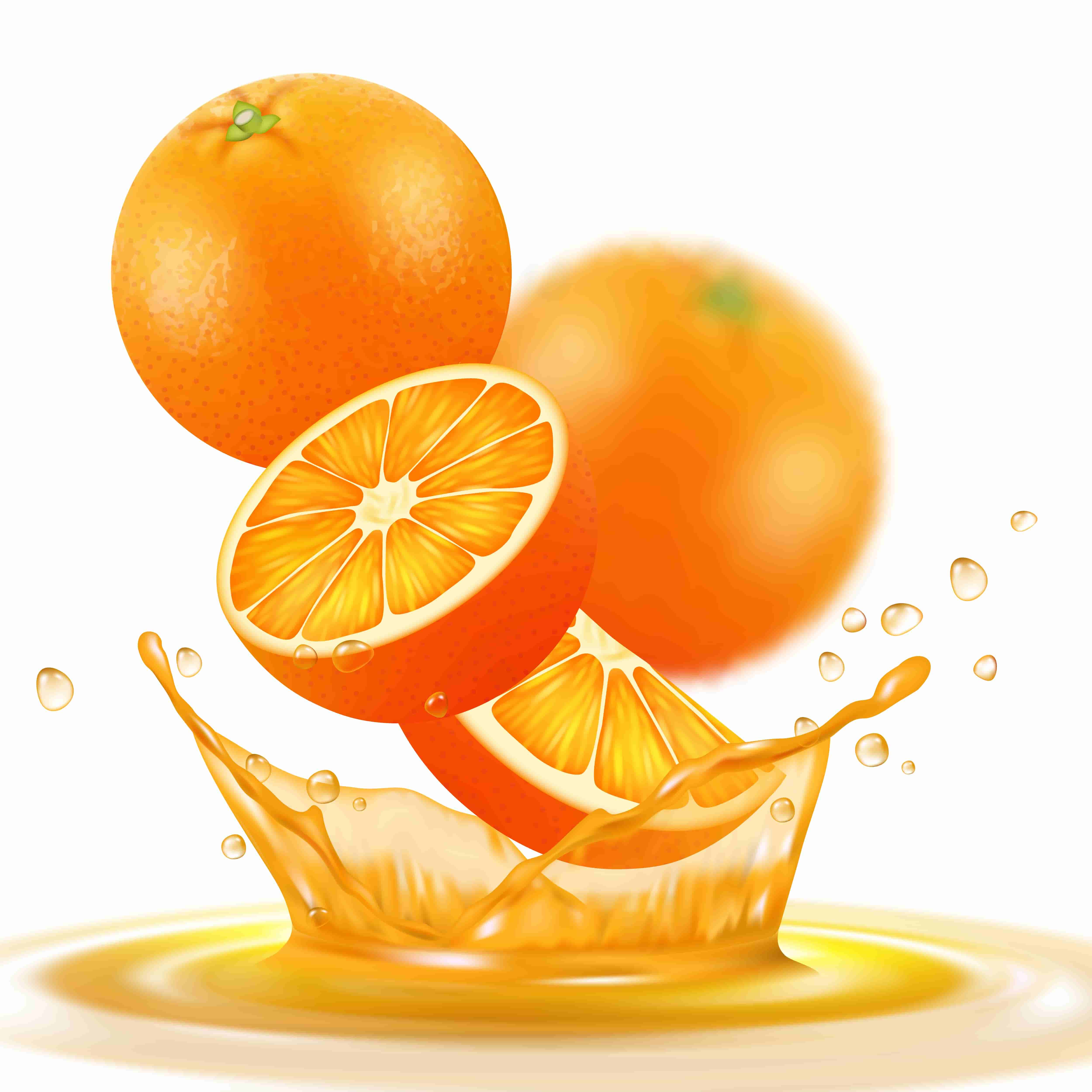
Sour Cherry Concentrate
Sour Cherry Concentrate: Technical Specifications and Applications
Product Overview:
Sour cherry concentrate is a dense, natural product derived from ripe, healthy, and high-quality sour cherries. With its deep red color, distinctive aroma, and sweet-tart flavor, it serves as a valuable raw material in the food, beverage, and confectionery industries.
Technical Specifications:
Appearance and Color:
The concentrate is homogeneous, free from suspended particles, sediment, or turbidity. It exhibits a bright dark red color, reflecting the natural hue of sour cherries without any undesirable discoloration.
Taste and Aroma:
The product retains the natural sweet-tart taste and fresh fruit aroma of sour cherries. It is free from fermented, burnt, or caramelized flavors.
Brix Level:
Typically ranges between 65 and 70, indicating the product's concentration and balanced sweetness.
Acidity and pH:
Acidity is approximately 1.5% to 2.5%, with a pH range of 3.2 to 4.0, ensuring both flavor balance and microbiological stability.
Shelf Life and Storage Conditions:
When stored in sterile packaging, in a dry, cool, and dark environment, the concentrate can be preserved for up to 2 years. After opening, refrigeration is recommended.
Packaging:
Commonly packaged in metal drums, polyethylene tanks, or aseptic multilayer bags, adhering to food safety standards.
Applications:
Production of natural fruit juices, fruit-flavored beverages, and industrial syrups
Preparation of jams, jellies, fruit sauces, and ready-to-eat desserts
Enhancement of flavor and color in bakery products such as cakes, cookies, and ice creams
Natural additive in baby foods, dietetic, and organic products
Flavoring agent in specialty sauces and processed food items
Conclusion:
Sour cherry concentrate preserves nutritional values, antioxidant properties, and the natural taste of the fruit, playing a significant role in the production of diverse and high-quality food products. With strong export potential, it holds a prominent position in both domestic and international food markets.
Read more




.jpg)
 35 (1).jpg)
.jpg)



.jpg)
.jpg)
.jpg)

